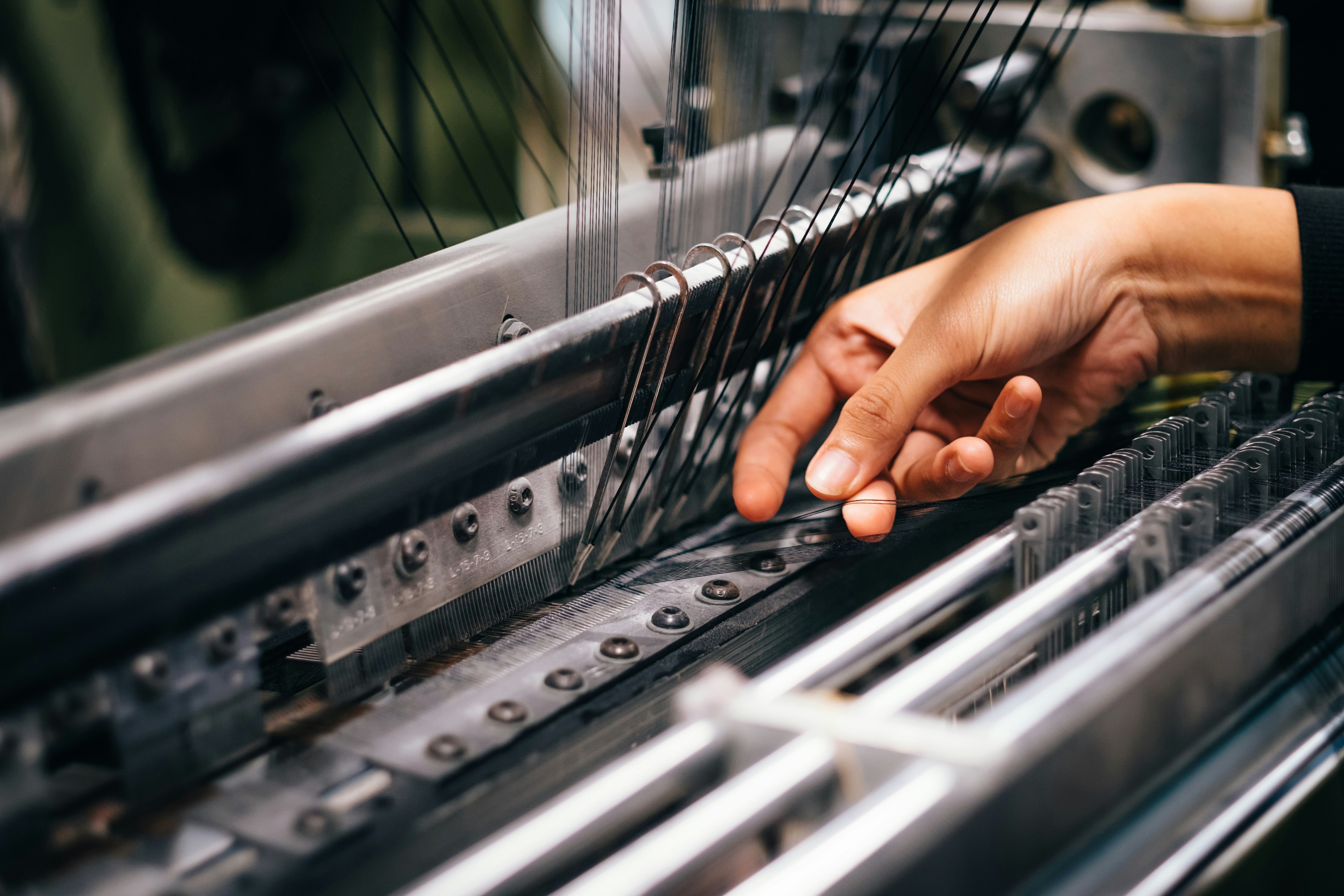
When it comes to heavy-duty applications, choosing the right materials is crucial. Enter polyester webbing—the unsung hero of strength and versatility in various industries. This tough fabric has become a go-to choice for everything from outdoor gear to industrial applications. But just how durable is it? In this blog post, we’ll dive deep into the world of polyester webbing, exploring its benefits, durability factors, maintenance tips, and real-life uses. Whether you’re planning your next big project or simply curious about this remarkable material, you’re in the right place! Let’s unravel what makes polyester webbing an ideal choice for those demanding tasks ahead.
What is Polyester Webbing?
Polyester webbing is a strong, woven fabric made from polyester fibers. It’s designed for durability and resistance to wear, making it ideal for various applications. This type of webbing typically has a flat design that can handle significant loads without stretching or fraying.
The manufacturing process involves weaving strands of polyester together tightly, ensuring maximum strength while maintaining flexibility. Because it’s lightweight yet robust, polyester webbing is commonly used in outdoor gear like camping equipment, harnesses, and straps.
Another appealing feature is its ability to resist UV rays and moisture. This makes it suitable for both indoor and outdoor use without compromising integrity over time. Its versatility allows it to be dyed in different colors or patterns, catering to aesthetic preferences while retaining functionality. Whether you need reliable support or stylish accents, polyester webbing delivers on all fronts.
Benefits of Using Polyester Webbing for Heavy-Duty Applications

Polyester webbing is a standout material for heavy-duty applications due to its impressive strength. It can withstand significant tension, making it ideal for tasks like cargo securing and industrial lifting.
Another advantage is its resistance to UV rays. eco-friendly polyester webbing Unlike many materials that degrade under sunlight, polyester maintains its integrity even in harsh environments. This durability translates into longer-lasting products.
Additionally, polyester webbing exhibits minimal stretch under load, ensuring stability during use. Whether you’re hauling freight or creating durable straps, this characteristic proves essential.
Moreover, it’s resistant to mildew and mold growth. For those working in humid conditions or near water sources, this feature offers peace of mind.
The versatility of polyester webbing means it comes in various widths and strengths. You can find the perfect fit for your specific needs without compromising on quality or performance.
Factors Affecting the Durability of Polyester Webbing
The durability of polyester webbing is influenced by several key factors. First, the quality of the raw materials plays a significant role. High-grade polyester fibers are more resistant to wear and tear.
Environmental conditions also impact longevity. Exposure to UV rays can degrade webbing over time, leading to loss of strength. Similarly, extreme temperatures affect its flexibility and tensile strength.
Moisture exposure is another critical aspect. While polyester resists mildew better than some other materials, prolonged dampness may still weaken it if not dried properly.
The weave pattern is essential too; tighter weaves generally provide increased resistance against fraying and abrasion.
How the webbing is used matters greatly. Heavy loads or sharp edges can cause premature damage if proper precautions aren’t taken during application.
How to Properly Care for and Maintain Polyester Webbing
Taking care of polyester webbing is essential for ensuring its longevity. Regular cleaning can prevent dirt and grime buildup, which may weaken the fibers over time.
To clean, simply hand wash with mild soap and warm water. Avoid harsh chemicals or bleach as they can degrade the material. A soft brush helps remove stubborn stains without damaging the webbing.
After washing, allow it to air dry completely before storing. This prevents mold and mildew growth that might occur in damp conditions.
When not in use, store your polyester webbing in a cool, dry place away from direct sunlight. Prolonged exposure to UV rays can lead to fading and weaken its strength.
Inspect your webbing regularly for signs of wear or fraying. Early detection allows you to replace damaged sections before they fail during heavy-duty use.
Comparison with Other Types of Webbing Materials

When examining webbing materials, it’s essential to understand the differences between polyester and its counterparts. Nylon is another popular choice. While nylon is known for its elasticity, it can absorb moisture, which may weaken over time.
Polypropylene offers a lightweight alternative but lacks the strength of polyester. It resists UV rays and water, making it suitable for outdoor applications; however, for heavy-duty use, polyester remains superior.
Cotton webbing has a classic feel and is great for comfort but falls short in durability when compared to synthetic options like polyester. It tends to fray and wear out faster under stress.
Each material serves different purposes based on specific needs. Polyester stands out in terms of resilience against abrasion and environmental factors while maintaining an impressive load capacity that many other materials can’t match.
Real-Life Examples of Heavy-Duty Applications Using Polyester Webbing
Polyester webbing is a go-to material for numerous heavy-duty applications across various industries. In the world of outdoor gear, it supports climbing harnesses and safety lanyards, ensuring climbers are secured during their adventures.
Marine applications also benefit significantly from polyester webbing. It’s commonly used in boat tie-downs and dock lines due to its resistance to UV rays and water damage.
In transportation, polyester webbing shines in cargo straps that keep loads secure while on the move. Its strength allows it to withstand significant tension without breaking or fraying.
Even in pet products like dog leashes and collars, polyester webbing provides durability combined with comfort. This makes walks safer for both pets and owners alike.
Each of these examples illustrates how versatile and robust this material truly is under demanding conditions.
Tips for Choosing High-Quality Polyester Webbing
When selecting high-quality polyester webbing, focus on the tensile strength. Look for products that specify their load capacity to ensure they can handle heavy-duty tasks.
Next, consider the weave type. A tighter weave generally enhances durability and resistance against wear and tear.
Check for UV treatment if you plan to expose the webbing to sunlight regularly. This feature helps prevent fading and degradation over time.
Always feel the texture of the webbing; it fashion should be smooth yet sturdy without fraying edges.
Don’t forget about colorfastness, especially if aesthetics matter in your application. High-quality dyes will resist fading even after multiple washes or exposure to harsh conditions.
Research reputable brands known for their quality standards and customer reviews before making a purchase decision.
Conclusion
When evaluating the durability of polyester webbing for heavy-duty use, it’s clear that this versatile material stands out. Its strength, resistance to environmental factors, and overall reliability make it an excellent choice for a range of applications. Proper care can enhance its longevity even further.
As you consider your next project or application requiring robust support, exploring high-quality polyester webbing options will serve you well. With numerous benefits and practical uses, it’s no wonder that many industries rely heavily on this material. Investing in quality polyester webbing ensures not just performance but peace of mind for years to come.



